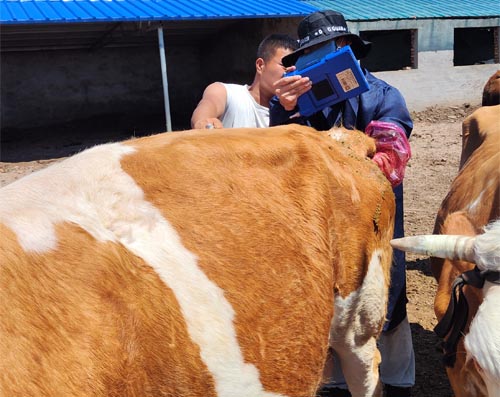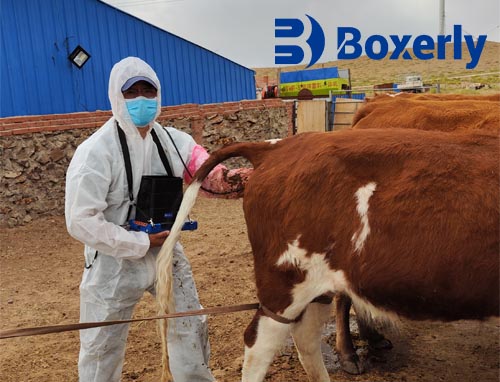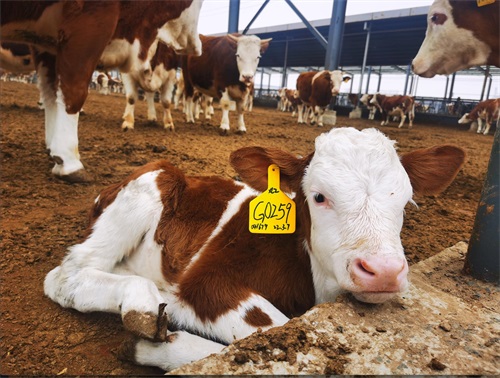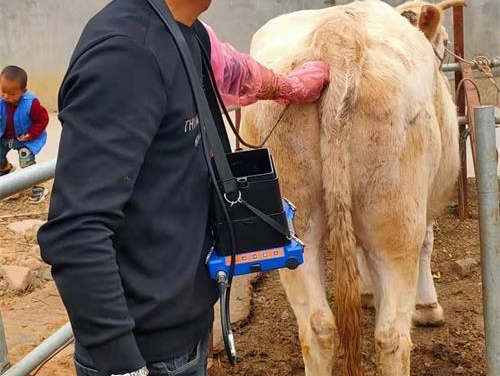Postpartum acute endometritis in cows is generally caused by poor environmental hygiene during delivery, inadequate disinfection during delivery, difficult labor, inability to place the placenta, premature birth and stillbirth, as well as a decrease in immune function in emergency situations, leading to the proliferation of uterine bacteria and the onset of the disease. The uterus in cows cannot recover on ultrasound, and liquid dark areas can be seen in the uterine cavity on ultrasound images. Symptoms include elevated body temperature, decreased or no food intake, and hunched back. In severe cases, foul odors and fishy substances may flow out from the genital area. If left untreated, it can trigger sepsis and lead to death. When diagnosing, the diagnosis can be made through bovine ultrasound. The treatment principle is to use high-dose broad-spectrum antibiotics while paying attention to fluid and electrolyte supplementation, protecting the liver and detoxifying, and preventing inflammatory exudation. After the symptoms are relieved, uterine injection and hormone therapy should be combined. Generally, the recovery is good after control.
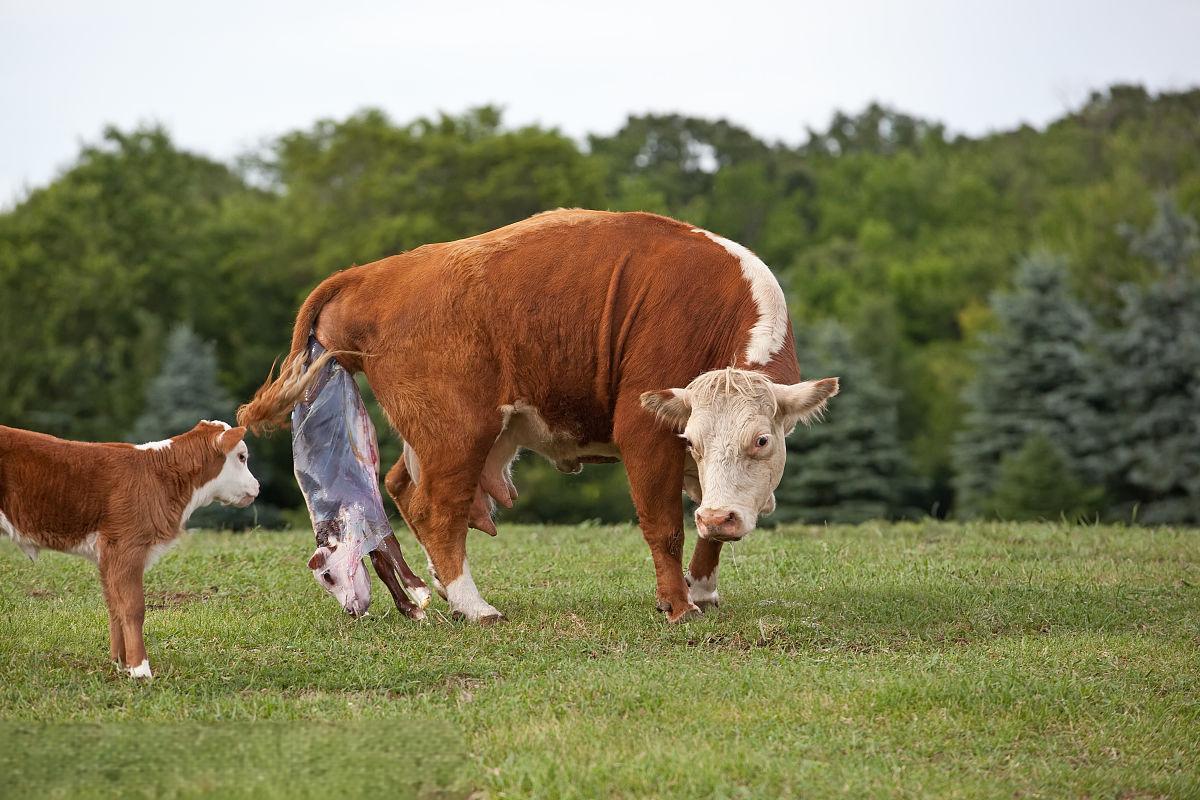
Chronic suppurative endometritis in cows usually results in purulent scabs attached to the upper part of the tail after one month postpartum, and purulent secretions are often discharged when lying down. Cattle with B-ultrasound combined with rectal examination show incomplete uterine involution and loose uterine horns. The body gradually loses weight and there is little change in body temperature. Due to low milk production, it is extremely easy to be eliminated due to mismatches in large-scale farming conditions on the ranch. After being diagnosed by B-ultrasound in cattle, the main treatment method is to restore uterine contractions and purification ability. Commonly used povidone iodine preparations are administered 2-3 times, with a 3-day interval between each dose. Inject 0.3g of PG intramuscularly once. After the uterus has slightly recovered, inject 2-3 doses of traditional Chinese medicine injection for promoting blood circulation and removing blood stasis. Feeding is mainly based on high-quality sheep grass, supplemented by appropriate vitamin and mineral rich concentrate to ensure rumen health. Good after recovery. After treatment, the uterine condition of the cow should be examined by B-ultrasound.
